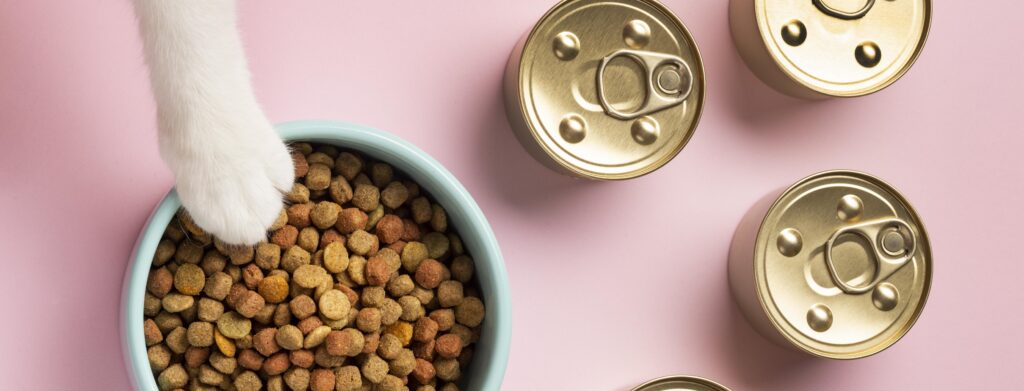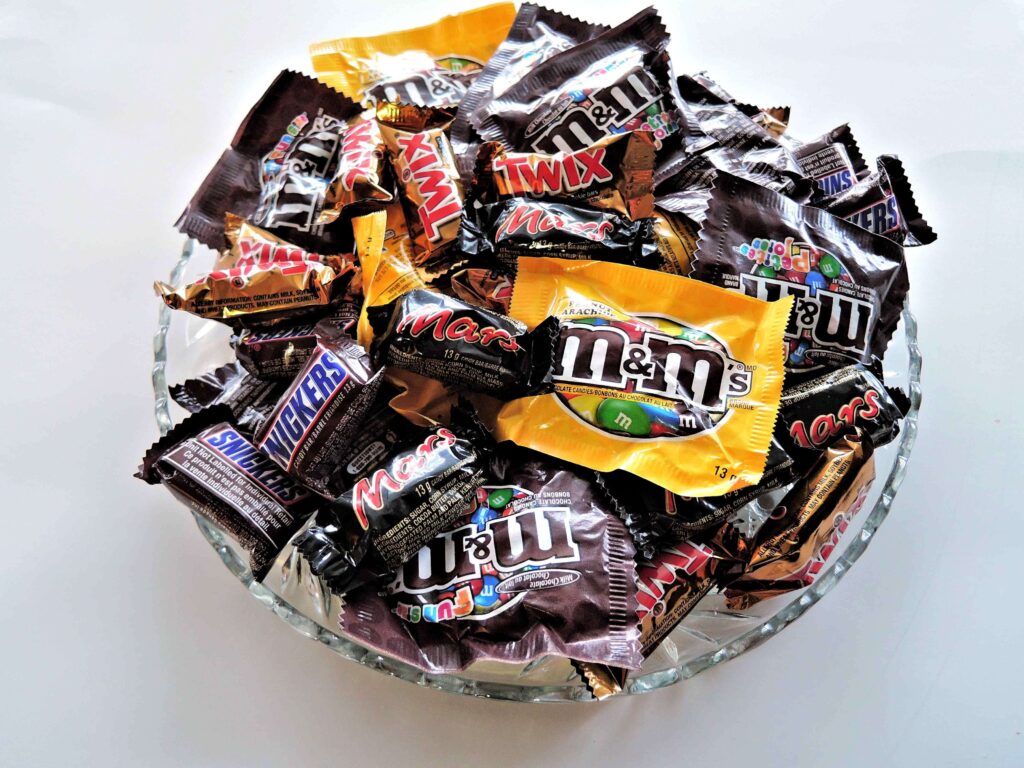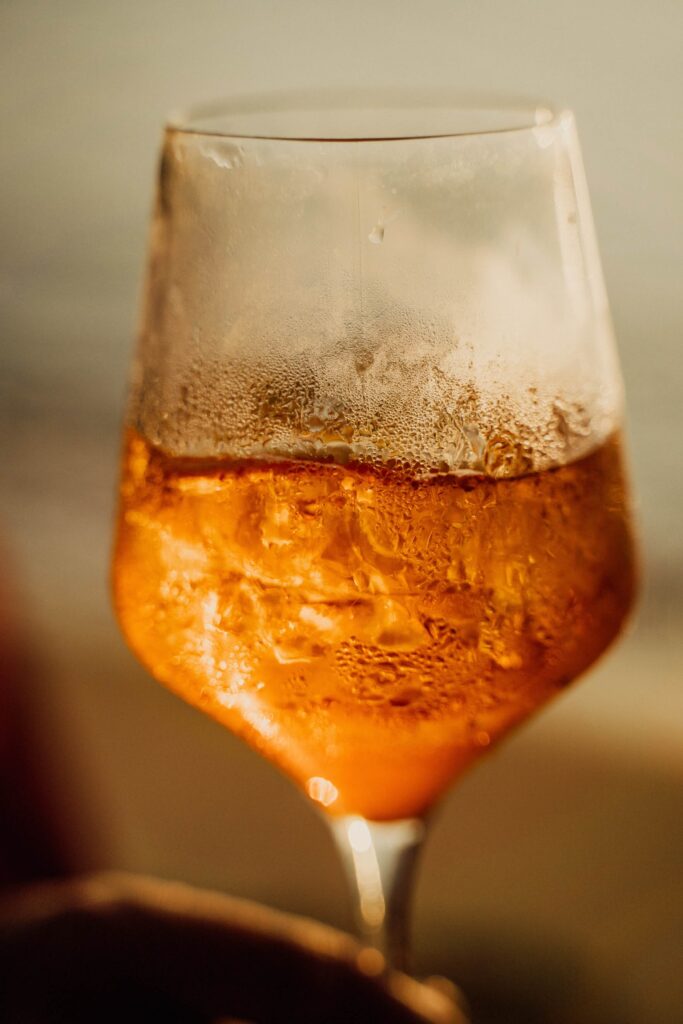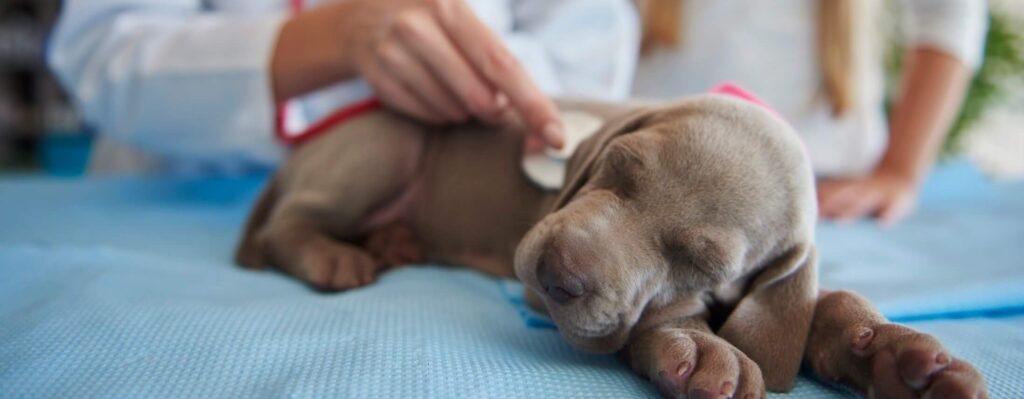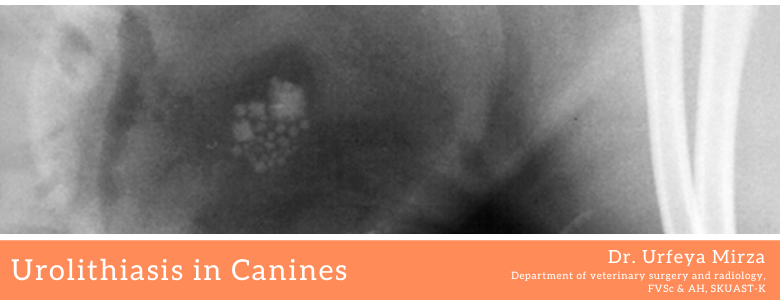Cat is a favorite pet animal to many people since they think of it as a furry member of the family with fun & providing companionship. Cats are very clean and pleasing animals. So, people love to adopt as an indoor pet.
The first question of the majority of the cat owner’s especially beginners once bring her home is, “How much should I feed my cat and what type of feed to be given?” Even if you’ve owned cats for many years, you may sometimes have a thought that whether your cats are getting too little food or too much. Here we try to know you something about the cat’s food habit.
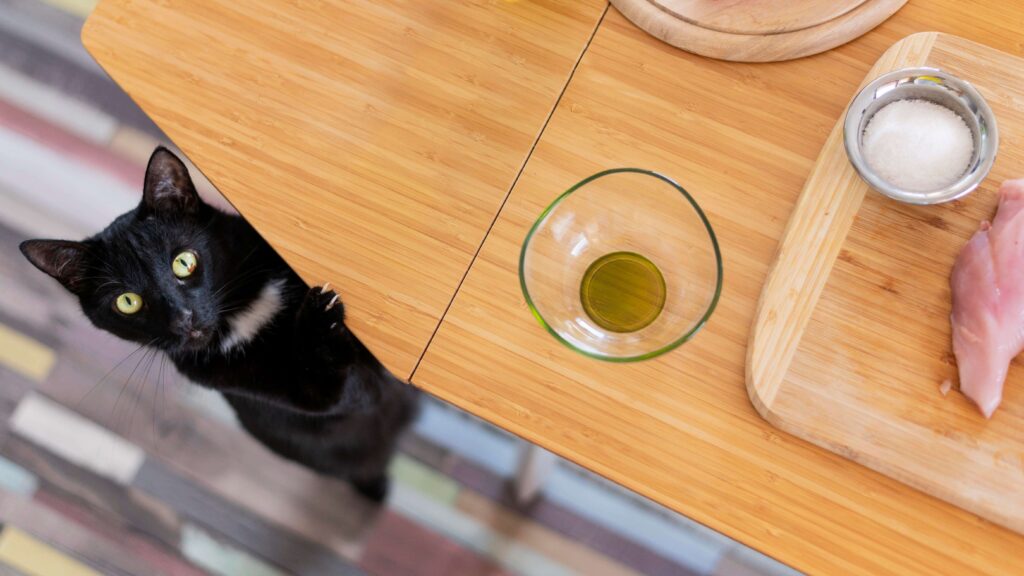
Cats are obligate carnivore animals and are very diverse from dogs in their nutritional needs. Carnivore means they “must eat meat to survive”. Cats are hunters in their natural habitat, which consume prey animals having high protein content with moderate amounts of fat and minimal quantity of carbohydrates. For that reason, nature gifted to cats with sharp teeth perfect for ripping and tearing and a short intestine designed for easy digestion of meat, but not suited for vegetation.
Being carnivore’s cats do not have the digestive tract to enable them to digest grains. Lacking digestive enzymes such as amylase, cats are unable to predigest complex carbohydrates in their mouth, taking a long time to break down in their stomach and small intestine, if at all, thereby passing through inadequately digested and creating voluminous and smelly stools hence not suitable for optimum feline health.
Taurine is an essential amino acid that is critical for normal heart muscle function, vision, and reproduction in cats as it contains sulfur. The majority of mammals can synthesis taurine from other amino acids. But cats cannot produce sufficient amounts, so to meet their requirement cat need meat to fulfill this requirement. Taurine is very heat sensitive, so heat processing would degrade more of taurine synthesis.
Calcium is another important mineral for a cat’s diet – if your cat refuses to eat the bones or the organs, you can supplement their diet with a bone meal or a taurine powder. They have more specialized nutritional requirements compared to dogs.
Diet is the brick and mortar of health not only for humans and livestock; it also suits cats because cats are very sensitive to their food habits. The healthy cat diet is a flesh-based protein like meat, fish, or poultry. Dry food should be high in animal proteins and low in plant proteins (which cats are not able to digest). Carbohydrates should be lower <10% of the total food. On average 3 – 4 Kg cat requires about 240 calories of energy per day.
The primary cat diet should (roughly, not hard and fast) approach the approximate dimensions of your typical prey animal: 80% muscle meat, 10% organ meat (half of which should be liver), 10% edible bones.
Commercially available dry foods do not only have animal protein it also has plant protein. Hence commercial dry foods do not perfectly suit a cat’s diet. Some medical problems commonly associated with dry food feeding to the cats are Kidney disease, diabetes, Cystitis/ Urinary tract infection/ Urethral blockage/ Crystals, Inflammatory Bowel Disease, Obesity, Hairballs, Hepatic Lipidosis (fatty liver disease), Asthma, Dental health, etc., sometimes cat owners allow the cats to free access to dry foods like peas and nuts it should be restricted.
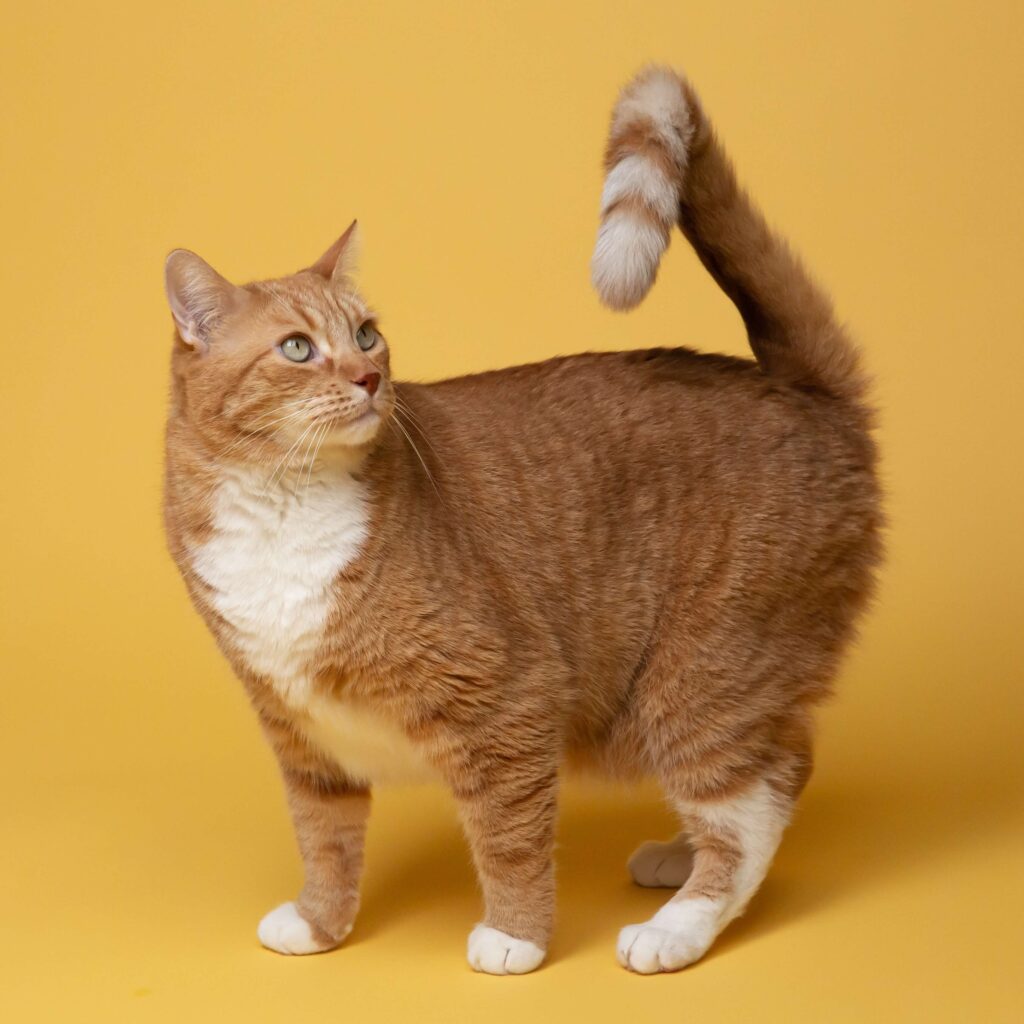
How Much to Feed and How Often?
The amount of raw food to be fed to your cat is depends on things like age, weight, activity level, metabolism, pregnancy, and overall appetite. In an average food to feed a cat each day, is between 2 – 4% of the cat’s ideal adult body weight. This is only an average, some cats will eat more than this and some might be less. Because every cat is different, there is no exact standard formula. Adult cats eat mostly once or twice a day, but kittens need to be fed more often because they have small tummies and are much active than adults. Three to four months age kittens need a lot of energy to play and they grow fast, so they need to feed with 4 or smaller meals a day. As they get older and their tummies can hold more, you can feed them less frequently as you adjust the amount you feed them at each meal accordingly.
Obesity: It is a common health problem for cats and it increases the risk of certain diseases like diabetes, cardiovascular, respiratory, and musculoskeletal disorders.
Reason for Obesity: Overfeeding and feeding with an inappropriate diet are the two common causes of obesity. Unfortunately, many pet owners feed their cats with a high-energy diet, these feeds are very difficult to digest by cats to metabolize and can lead to diabetes and obesity. If your pet is already overweight, a weight loss program is to be carried out. Always consult a veterinarian before implementing any weight loss method for your cat.
Practice Your Cat to Drink Water From Bowel
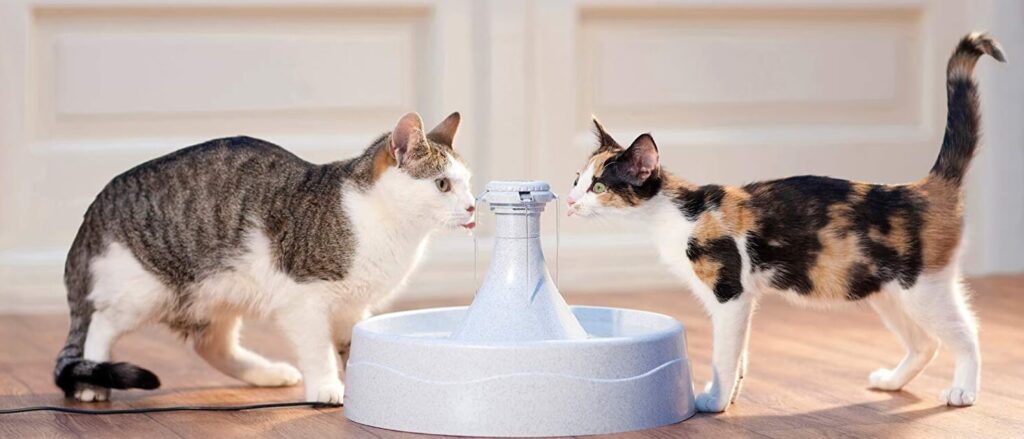
Cats are finicky not only to eat food, also while drinking water. Proper hydration is important for the absorption and transports of nutrients from the GI tract and healthy urinary tract and to help lower the risk of urinary tract infections. Cats do not naturally drink much water. Cats usually fulfill their water requirements almost on the moisture content of their food. Wild cats obtain most of their water from freshly killed prey (e.g., small rodents, birds, amphibians, and insects), all of which contain about 70 to 75 percent water. In domesticated conditions cats are usually reared in the indoor environment and they use to feed dry (7-10 % water) and raw (70 – 75 % water) food, depends on the diet. The average daily water requirement is 60 ml/kg/day. The cat may not touch a bowl of water throughout the day, only drinks when you force. But some cats will drink from the water bowl, only to play by splashing the water. Other cats prefer to drink only from the floor.
The peculiar drinking behavior of cats on water consumption is not understandable by anyone. In the wild, a cat will drink only moving water, which helps prevent it from getting sick. So, it could be an instinctual aversion. At any cost, it is very important that your cat to be kept in a properly hydrated condition.
Points to be considered while encouraging your cat to drink water directly from the bowl
- Don’t keep the water dish right next to the food, keep away or in hidden place
- Cats love to have cool water, if your cats may not like the water with temperature, try to add some ice cubes in the bowl
- The types of bowls influence the taste and various types of bowls will give various tastes to the water. If you use a plastic bowl for cat, try one made from metal, ceramic or glass. If your cat is a bowl tipper, try switching to a wider bowl with a rubber base
- Cat likes to drink moving water so try a cat drinking fountain. There are cat drinking fountains that either constantly circulates water or they are activated by when your cat approaching. A fountain of this sort will require electricity.
Feed whole raw foods always better than ground or dry food.
No grinding – Ground Food is Unnatural for Carnivores: Nature gifted teeth to act as a grinder to your cat
Feeding Whole Foods Improves Oral Health: Feeding the cat with raw meat, raw meaty bones and connective tissue helps to keep teeth white and clean, and gums pink, healthy and strong.
Whole Raw Food is More Digestible: The issue of oral health with regard to whole vs. ground foods is a matter of digestion. Feeding ground food encourages speedy gulping food reaches rapidly into the cat’s stomach, then there’s no time for its necessary digestive acids to be fully excreted. Such meals may end up causing irritation or indigestion, which may lead to vomiting and diarrhea. The raw food is more economical than frozen patties and commercial pet foods. The challenge of eating whole foods sparks a cat’s inner carnivore.
Avoid human foods to cat: Many human foods are unsafe for your cat because our nutritional needs differ from cats. Even some kinds of food your cat loves and begs it may cause havoc to your lovable cat’s digestive system.

